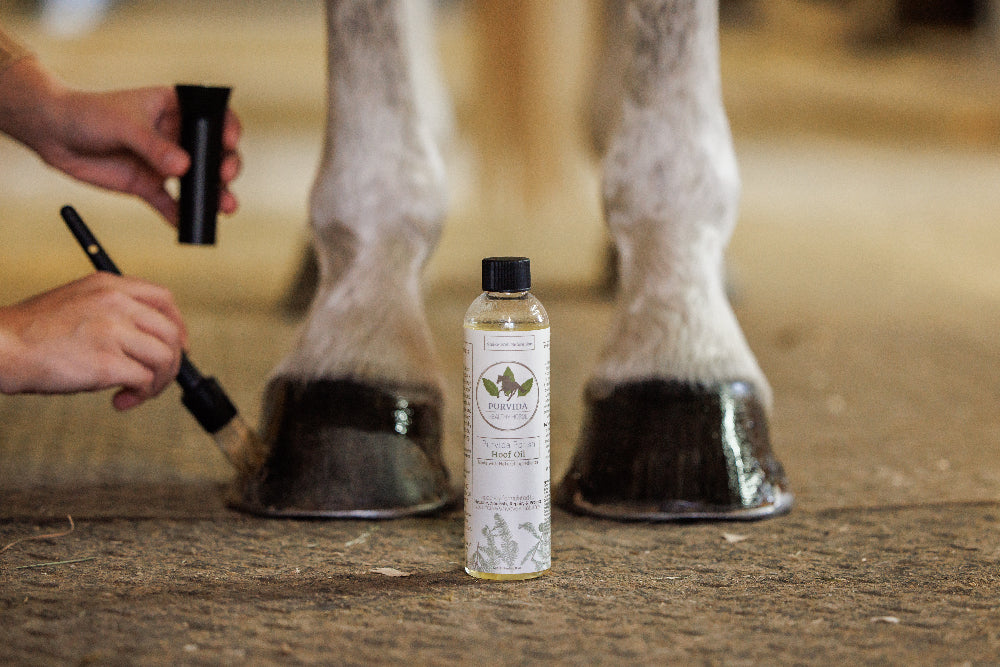Holding western horse reins correctly is crucial for effective communication between the rider and the horse. In this article, we will delve into various techniques to master the art of holding western horse reins, ensuring a comfortable and safe ride.

Understanding the Basics
Before we dive into the tremendous tips on holding western horse reins, it is essential to understand the basic anatomy of western reins. Western reins can be split reins or romal reins, each serving different purposes and requiring different handling techniques.
Different Types of Western Reins
- Split Reins: Two separate reins, giving the rider more flexibility and control.
- Romal Reins: A combination of a shorter rein and a long, flexible tail for direct and indirect control.

Proper Hand Position
How to Hold Split Reins
Using split reins requires a specific hand position for control and flexibility. Hold the reins with your thumb facing up, and the reins should cross between your thumb and index finger. Let the remaining length rest against your thigh.
How to Hold Romal Reins
Holding romal reins is slightly more complex. The reins should lie across your palm, and the tail should be held in your non-dominant hand. Ensure a light, consistent grip to maintain communication with your horse.

Maintaining Proper Posture
Good posture is vital when riding. Keep your back straight, shoulders relaxed, and elbows close to your sides. This will help you maintain better control and balance.

Communicating with Your Horse
Effective communication with your horse relies on subtle cues. Use gentle pressure on the reins to guide your horse, avoiding any harsh or sudden movements.
The Role of Leg Aids
Remember, reins are not the only tool for communication. Your legs play a significant role in directing your horse. Combine rein signals with leg aids for more precise control.
Common Mistakes to Avoid
One common mistake riders make is holding the reins too tightly. This can lead to discomfort for both the rider and the horse. Aim for a soft, relaxed grip.
Avoiding Overuse of Hands
Over-reliance on your hands can result in poor riding habits. Be conscious of using your entire body to guide your horse.
Training Techniques
Practicing Rein Techniques
Regular practice is key to mastering how to hold western horse reins. Set aside time for focused training sessions to improve your skills.
Working with a Trainer
Consider working with a professional trainer to receive personalized feedback and guidance.
Safety Tips
Safety should always be a priority. Wear appropriate riding gear and ensure your horse is comfortable and well-trained.
The Importance of Rein Length
Pay attention to the length of your reins. If they are too long or too short, it can impact your control and communication.
Advanced Techniques
Once you have mastered the basics, explore advanced techniques such as neck reining and riding with one hand.
Neck Reining
Neck reining involves guiding the horse by pressing the rein against its neck. This technique is commonly used in western riding and requires practice to perfect.
Keeping Your Horse Comfortable
Ensuring your horse’s comfort is crucial. Regularly check your equipment and make adjustments as needed.
Conclusion
Mastering how to hold western horse reins takes time and dedication. By understanding the basics, practicing regularly, and prioritizing safety, you can improve your riding skills and strengthen the bond with your horse.
FAQs
What are split reins?
Split reins are two separate pieces of rein that offer flexibility and control to the rider.
How can I improve my rein-holding technique?
Regular practice and working with a professional trainer can significantly improve your technique.
Why is proper posture important in riding?
Proper posture helps maintain balance and control, enhancing the communication between rider and horse.
For more information on advanced horse riding techniques, visit Bon Appetit and explore their great resources on maintaining balance and control.
As an Amazon Associate, I earn from qualifying purchases.
As an Amazon Associate, I earn from qualifying purchases.